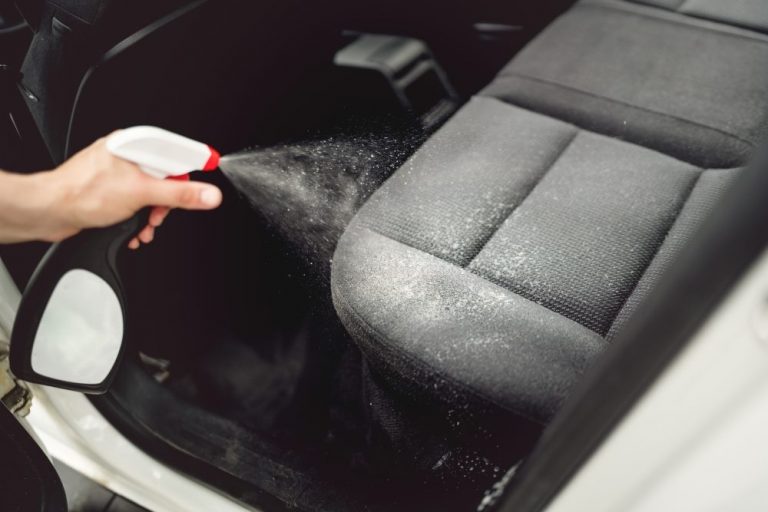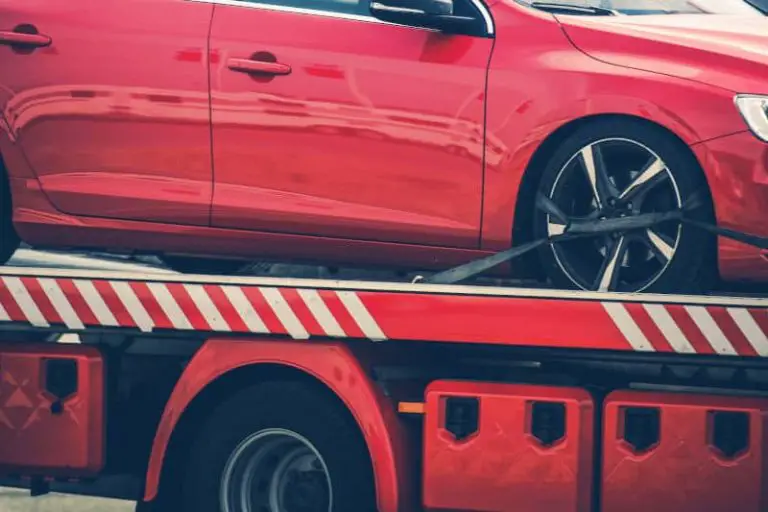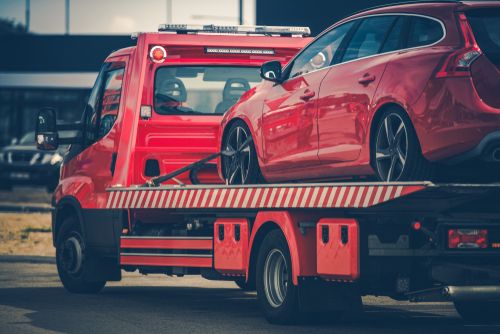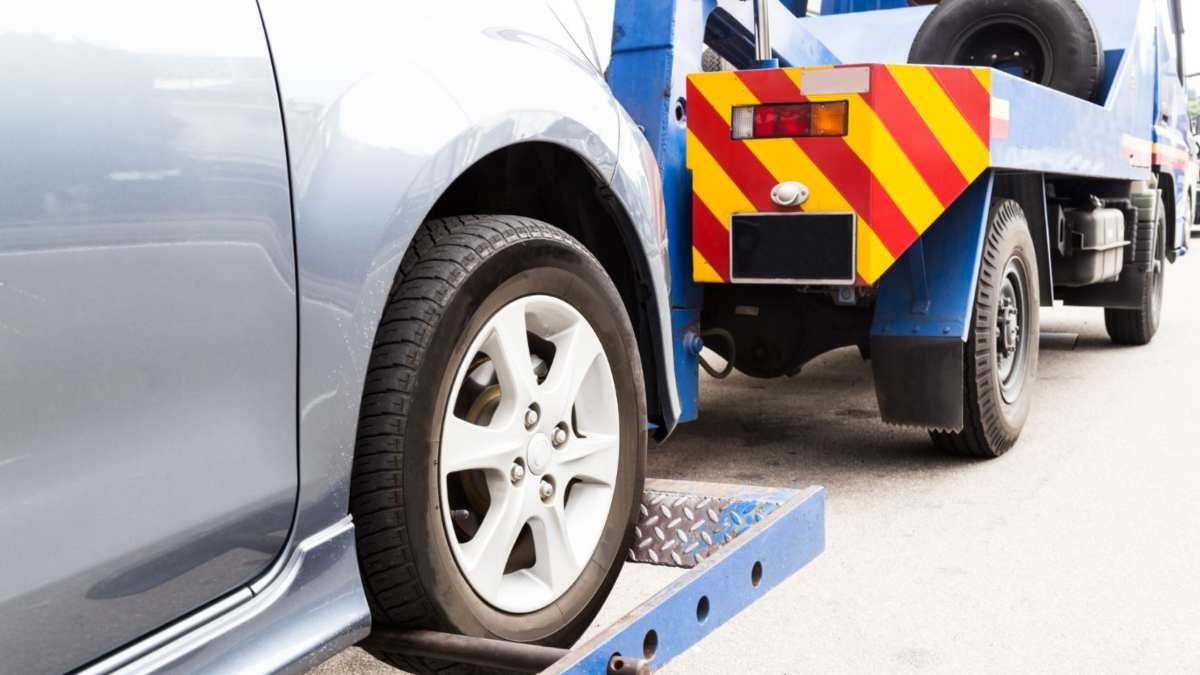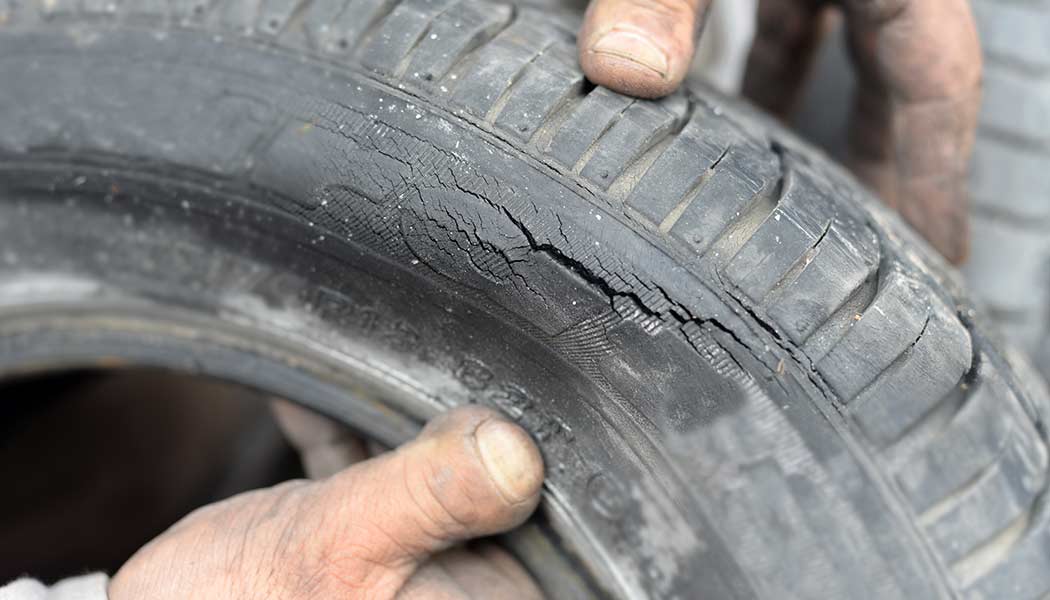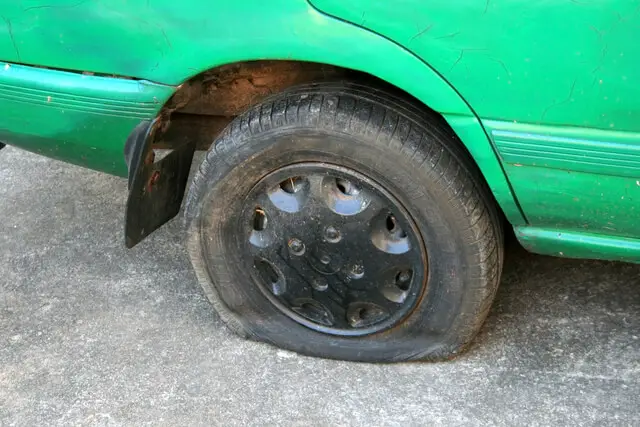Fishing waste can leave an unpleasant odor, and it isn’t easy to get rid of it. Pet urine is another well-known unpleasant odor that is difficult to remove. These often contain high concentrations of certain natural compounds that can be difficult to remove from surfaces. Let’s learn how to get fish smell out of car carpet.
Fortunately, you don’t need specific equipment to learn how to remove fishy scents from a car. So, all you need is a couple of handy items, some elbow grease, and some patience.
You have to find the odor and follow the instructions on diluting the chemicals to get rid of it. When you’ve finished with the final extraction or have used the vacuum to remove the moisture, repeat the process. Afterward, there should be no more unpleasant odors and no need to wait for the chemical to take effect.
Check to ensure everything is in order and saturated if it doesn’t work. Not only should you apply this to the carpet’s underside, but you should also apply it to the underside of the pad and the floorboard of your car.
How to Get Fish Smell out of Car Carpet
Use White Vinegar
To do this, mix white vinegar with a bit of water and saturate the carpet with the solution. Let it absorb the odors for 15–30 minutes.
Make sure the place is arid and clean before proceeding.
Use baking soda.
You should sprinkle the carpet with baking soda. To be safe, be sure to spread it all over the carpet.
Baking soda effectively removes odors from surfaces if you use a sufficient amount.
You can vacuum the carpet to remove the baking soda residue once it has sat for a while. As a result, you should remove the fishy odor as well.
Use lemons.
Lemons, in general, are a convenient way to freshen the house and leave a pleasant smell throughout the house.
You can pour lemon juice on the carpet, let it sit for a while to absorb the fishy odor, and then blot it up with a cloth or towel.
Ensure that the carpet does not lose any color due to the lemon juice. Pour a little of the solution on a small piece of carpet to see if it works.
After applying it, be sure to clean the area well. Further, refresh the area around the carpet by boiling lemon peels in water.
Try Soap containing alcohol and sand
In addition to its antibacterial characteristics, rubbing alcohol can absorb and neutralize stains and odors in carpets and other areas of your home.
If you use it on your carpet, dilute the alcohol in water first. Let it sit for a few hours before vacuuming to ensure you saturate the entire carpet.
You can use a towel or cloth to dry the carpet while you expose it to the sun for a while to remove the remaining odors.
Get Enzyme-based cleaning agents
You should remove stains and odors with enzyme cleaners. Stains and odors contain a variety of reactions, and these catalysts can break them all down.
Once you have applied a high-quality enzymatic cleaner to the carpet, let it sit for at least a few hours, or even a whole day if the odor bothers you. This will allow the carpet cleaner to remove the carpet’s smells progressively.
Afterward, you can use a cloth to remove any remaining cleaner residue on the carpet and let it air dry. You can also improve this by letting it air dry for a while.
Get Cat litter
To remove fishy odors from your carpet, try using kitty litter. By using the litter to absorb it, the odor in your carpet will be removed entirely in less than an hour.
A baking soda or vinegar solution should be sprinkled over the area where the cat litter has been placed.
Alternatively, you can leave the litter in open containers around the carpet if you choose not to perform the last step.
Use Deodorant
Commercial deodorizers may contain some of the compounds listed in this article, but they are not the only option. In addition, there are carpet-based deodorizers that are safe for your carpet fibers.
This deodorizer should be sprayed on the carpet and left to act for a few hours. All the odors on the carpet will go away. So, be sure to vacuum the carpet well to remove the deodorant residue and dry it thoroughly.
Use Coffee/Coal
These chemicals can successfully absorb fish odor by putting a small amount on the carpet and letting it sit for a few hours. You can then use a vacuum cleaner to clean the carpet thoroughly.
Use a vacuum cleaner and a steam cleaner to perform the cleaning.
It is possible to erase the odor from a small section of the carpet by cleaning it yourself. Remove the rug from the footing and thoroughly clean the carpet fibers using a steam cleaner.
The liquid may have leaked and spread throughout the carpet, so don’t stop at the spot where it spilled.
Bottom line
Lemons and baking soda work wonder on musty carpets. Another notoriously tough to eliminate odor is that of pet urine. Let it sit for several hours or perhaps a whole day if the stink is powerful. It is possible to remove stains and smells from carpeting and other surfaces in your home by rubbing alcohol. Wait a few hours before vacuuming to ensure that the carpet is completely saturated.
Boiling lemon peels in water will further refresh the area around the carpet. Let the kitty litter soak in a solution of baking soda or vinegar for a few hours. Deodorizers based on coffee/coal or carpet is not harmful to your carpet fibers.
